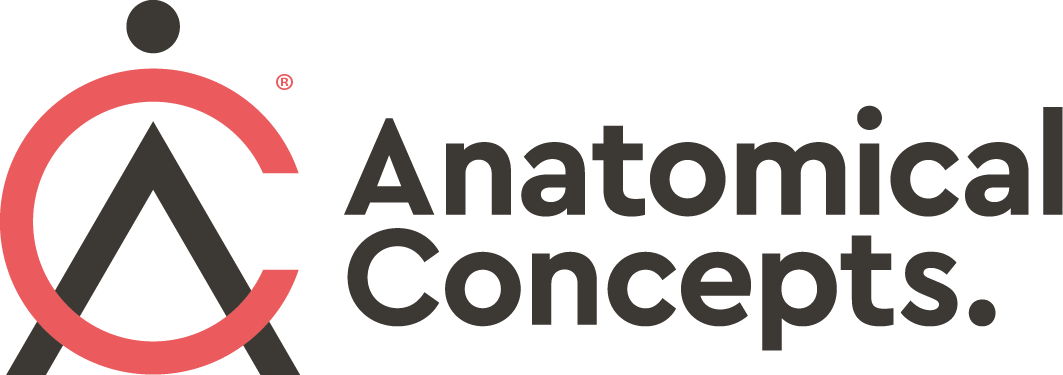Articles
Filter by Topic
- Adaptive Sport 1
- Artificial Intelligence 1
- Bike Labyrinth 3
- Bone density 1
- Brachial Plexus 1
- Bridging the Gap 1
- Bridging the Gap 1
- Carbonhand 4
- Cardiovascular 1
- Client Stories 4
- Cognition 1
- Company Updates 3
- Decision Making 1
- Dementia 1
- Denervation 21
- Diabetic Foot 12
- Efficiency 1
- Electrotherapy 27
- Exercise Benefits 28
- FES Cycling 12
- Functional Electrical Stimulation (FES) 55
- Gait 2
- Goal Setting 5
- Grip 3
- Healthspan 2
- Indego 13
- Lifestyle 8
- Lower Motor Neuron 1
- Mobility 17
- Motivation 2
- NMES 1
- Nerve injury 1
- NexStride 1
- Occupational Therapy 1
- Orthotic 15
- PRAFO 22
- Pain 5
- Parkinsons 2
- Pressure Ulcers 10
- Product Updates 7
- RISE Stimulator 9
- Safety 2
- Sponsor 1
- Standing 4
- Stim2Go 2
- Stimulette den2x 5
- Support 1
- TENS 1
- Technology 17
- Tek RMD 21
Article Length
- 1 minute read 3
- 10 minute read 9
- 11 minute read 7
- 12 minute read 7
- 15 minute read 6
- 18 minute read 1
- 19 minute read 1
- 2 minute read 4
- 26 minute read 1
- 27 minute read 1
- 28 minute read 1
- 3 minutes read 9
- 4 minute read 34
- 5 Minute read 12
- 6 minute read 6
- 7 minute read 13
- 8 minute read 6
- 9 minute read 3
- FES 2
- FoG 1
- PRAFO 1
- Seven Minute Read 1
- awareness 1
- carbonhand 2
- cognitive 1
- cues 1
- freezing gait 1
- freezing of gait 1
- gait 1
- neurological 1
- neuroplasticity 1
- nexstride 2
- occupational therapy 1
- occupational therapy day 1
- orthopaedics 1
- orthotic 1
- parkinson's 1
- pressure 1
- pressure relief 1
- prevention 1
- rehabilitation 2
- stroke 1
- ulcers 1
- world stroke day 1
Can Electrical Stimulation Treat Chronic Wounds?
The short answer to the question is yes it can. Although there is a lot of research literature on the topic, it is reasonable to suggest that the application of electrical stimulation to help resolve chronic wounds is not that well understood or widely practised yet.
There are a variety of different approaches and there is perhaps no optimal approach that has yet been identified. As a consequence, the evidence supporting electrical stimulation for wound healing is always muted due to the variety of protocols that have been used.
Perhaps the approach with the longest use is High Voltage Pulsed Current (HVPC) which dates back to the 1940s. In this article, we will take a look at the nature of wounds, the rationale behind electrical stimulation for wound healing and look at some of the approaches that have been taken.
What is the purpose of functional electrical stimulation?
Functional Electrical Stimulation, commonly known as FES, has many practical applications. FES is a widely used, non-invasive treatment technique that applies electrical impulses to weak or paralysed muscles. The idea of using electricity to have a beneficial effect on the body is not new, but it is only with advances in technology in recent years are we starting to see the true potential of this approach for neurorehabilitation and healthcare in general.
The purpose of functional electrical stimulation is usually to generate a useful (functional) muscle contraction; often with the aim of improving function and movement but, depending on the type of stimulation used, an FES device can do much more than that.
In this article we review the topic of FES, some of it's applications and point to some of the devices offered by Anatomical Concepts.
Electrotherapy and wound healing - Part 2
In the first article in this series, we introduced the idea of using electrotherapy for wound healing. It’s perhaps not the first approach clinicians think of but we feel it is a legitimate approach and worth considering; especially when other approaches are not proving to be effective. In this article we look at what is known and unknown about this approach. We then look at spinal cord injury and treatment of pressure ulcers in this population. We give an example fo using a Hasomed RehaMove unit with Sequence Mode and a RISE unit to support this application.
Electrotherapy and wound healing - Part 1
Electrotherapy might seem an unlikely approach to use in healing pressure ulcers or chronic wounds of all types. However, it’s long been recognised that humans are “bioelectric” and there is such a thing as a “skin battery” that can be disrupted by wounds. In this short series we look at what we know of wound healing with electrotherapy. In this first article we introduce the topic and set the scene for the second article which looks at protocols and contraindications.




